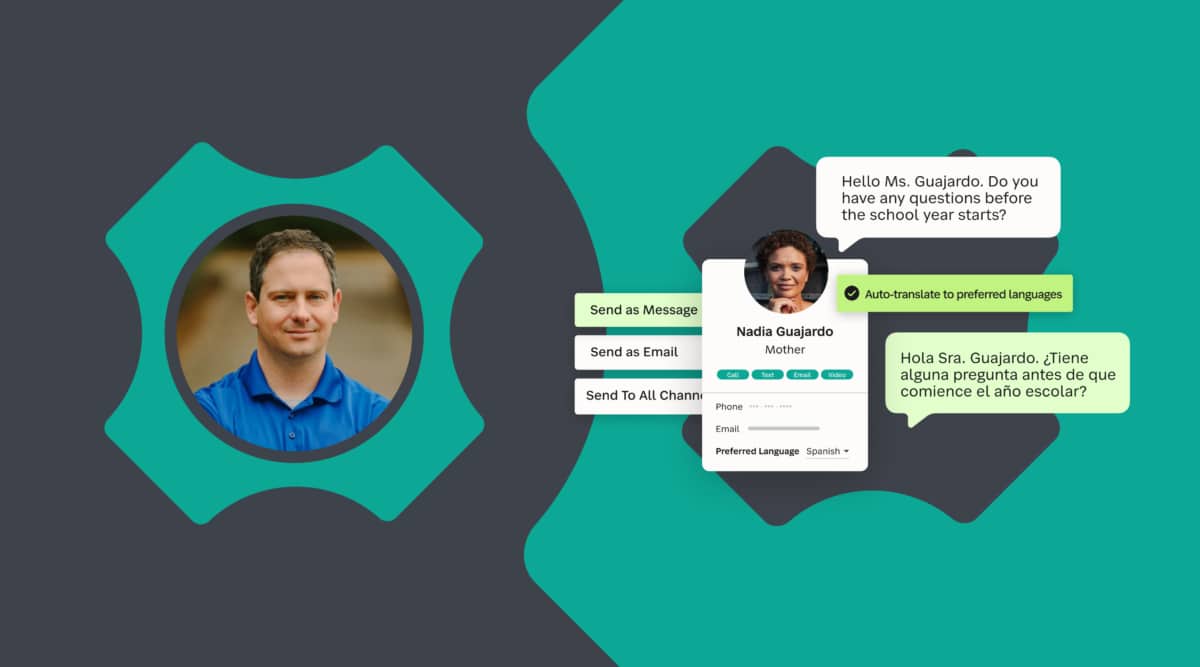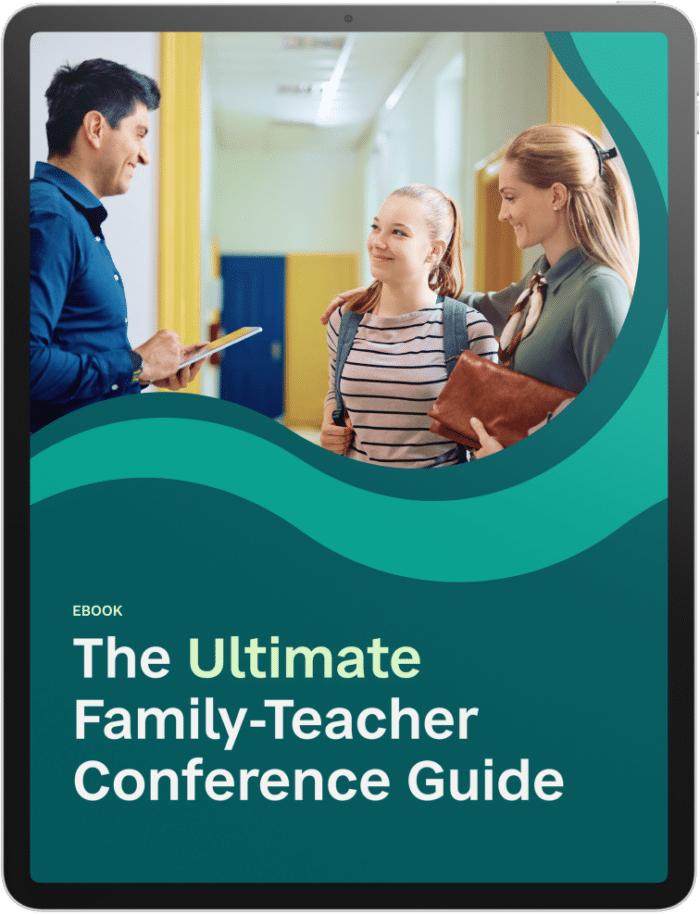

We know that communicating with families and caregivers is a good thing when it comes to student growth and overall success. When families feel welcome and engaged as part of their child’s educational journey, their support has countless benefits including higher grades and test scores, increased graduation rates, better school attendance, better self-esteem—the list goes on and on. But is all communication the same? Especially now?
Often communication with families is directly correlated to the negative things a student is going through. Repeated trips to the principal’s office warrant repeated phone calls, for example, but don’t do much to build relationships that prevent further transgressions.

What is Reactive Communication?
School or district communication is reactive when, as you may have guessed, a person is reacting to a situation. This may be communicating with families and caregivers about ongoing problems like truancy or unexpected issues such as a fight between students during the lunch hour.
However, reactive communication often has negative results for a number of reasons. Without planning, communication with families can be disjointed and one-sided. If outreach only happens after an unexpected troublesome event, the educator or Family may come across as angry or defensive, offering limited insight into the holistic situation of a student. This kind of communication often requires additional follow-up if new details are later revealed or professionalism is called into question.
Reactive communication tends to happen when emotions are high and stress levels may prevent families and educators from seeing the best in one another.

What is Proactive Communication?
Proactive communication happens when educators identify potential problems and prevent them. It is when goals are set and communication builds towards those goals.
Proactive conversations with families are planned—with student data informing the conversation. This type of communication is intentional. It may include answering questions before they are asked or extending a welcome to families with instructions on how to connect with a teacher. Or educators may offer unexpected praise for the small victories students accomplish every day.

Proactive communication is unlikely to happen during emergencies when tensions are high. But educators can be intentional in their response to unexpected emergencies. No one could have planned for schools to suddenly close around the country during the pandemic, but we can plan how we ask our teachers, administrators, and support staff to communicate updates about an ongoing issue.
Shifting to a proactive approach when communicating with families takes time at a school or district level. Lack of time, resources, and training can all make the change difficult. In addition, things like multiple student data sources, as well as teachers using different communication tools, make administrative oversight nearly impossible. Nevertheless, stepping off the loop of reactive communication with families can be done.
Including educators and administrators in the planning process is a good place to start. A proactive plan will also allow space for opinions to be expressed and questions to be asked. Proactive communication helps build trust and eventually support with colleagues as well as families. When practiced consistently, proactive communication can prevent tensions from becoming high in the first place.
Conference Guide
Improve family engagement by evaluating your district’s approach to family-teacher conferences.

Stay Connected
News, articles, and tips for meeting your district’s goals—delivered to your inbox.





